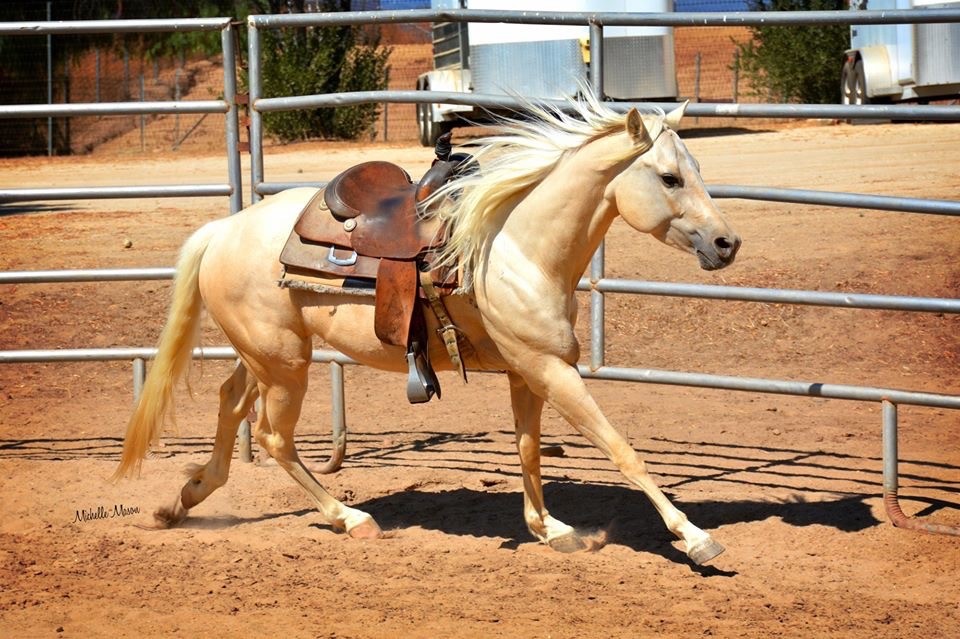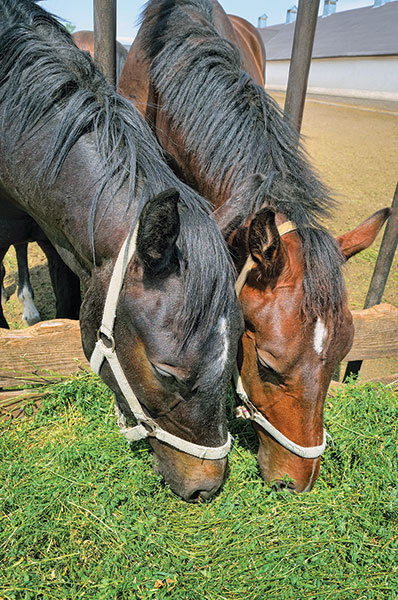By Sheryl Lynde | Horsetrader columnist

I am a student of the horse. Life is a constant pursuit of truth, and we get to it by asking one question at a time. Everyone has opinions and they are entitled to those opinions. But opinions are a compilation of personal perceptions, preferences and biases developed over a lifetime of experiences and are frequently very different from facts.
I have opinions, but I hold onto them with loose reins and I’m always ready to release them if they are unable to hold up to scrutiny. That’s the difference: Does your opinion hold up to scrutiny? Are you a skeptic? Are you inclined to doubt all opinions that are not your own, whether those opinions of others are widely accepted or not? Or, are you a practitioner of discernment — a perpetual student and one who has the ability to judge well.
For me, I screen new information or test long-held opinions by asking these three questions: Is it logical? Is it verifiable? Is it relevant?
I live in an equestrian community, and as I ride through the area I notice how prevalent overfeeding really is by the number of overweight horses that run up to greet me along the fence line.
Opinions are many and varied as it applies to what is actually a healthy weight for your horse. How much hay should be fed, and what does a healthy weight look like on your horse?
According to Dr. Wayne McNeel, DVM, a simple formula for maintaining a healthy weight is giving one percent of a horse’s body weight of hay per day. So if your horse weighs 1,000 lbs., one percent would be 10 lbs. of hay per day — not per feeding. That would amount to 5 lbs. of hay in the morning, 5 lbs. of hay in the afternoon. If you feed three times per day, then each flake given should weigh approximately 3.5 lbs.
It’s not the amount of flakes given; it’s the amount that each flake weighs. If you feed three flakes a day and each flake weighs 10 pounds, that 30 lbs. of forage would be 20 lbs. over what a 1,000-pound horse requires to maintain a healthy weight.
It takes a short period of time for a horse to gain weight, and conversely a long period of time to reduce their weight — not unlike humans. It behooves us to be vigilant of their body conditioning. I want to stress that this is just for maintenance, the amount of exercise, age and metabolism will impact this formula and adjustments need to be made. For instance, horses with normal insulin sensitivity may be tolerant of obesity. But overfeeding may cause a condition of insulin resistance. Equine metabolic syndrome is a result of insulin resistance and needs to be managed by reducing calories.

As Dr. McNeel explains it, when a horse carries extra weight it can lead to serious health risks, just as obesity does in humans. In humans, obesity can lead to diabetes, heart disease, add extra strain on limbs and joints, to name just a few risks. This is consistent Information that has been preached to us for years, supported by proven statistics. In horses, obesity can lead to founder, technically known as laminitis, which is a common and very painful condition affecting the feet of horses. Added weight also creates additional strain on limbs and joints which can exacerbate injuries or common conditions such as osteoarthritis and navicular. This is relevant information. I asked Dr. McNeel if there is any positive result from overfeeding, and he said there was a possibility that continuous feeding may lower the amount of sand that gets trapped in their gut. However, a horse with a belly full of sand is rarely overweight. It’s very painful as sand passes through their system and they usually drop weight and are at risk of sand colic.
What are signs to look for?
The most obvious characteristics are a noticeable crest in the neck, soft fat deposits around the tail head, behind the shoulders and on both sides of the withers. An obvious crease down their back versus a flat back, and an inability to feel the ribs.
Although some horses are easy keepers, especially the older sedentary horses, we still need to be aware of how best to provide a sound feeding program to ensure they remain as risk-free as possible.
If you have a similar experience with your vet like I did with Dr. McNeel, seek their advice.
–Sheryl
Leave a Comment
All fields must be filled in to leave a message.